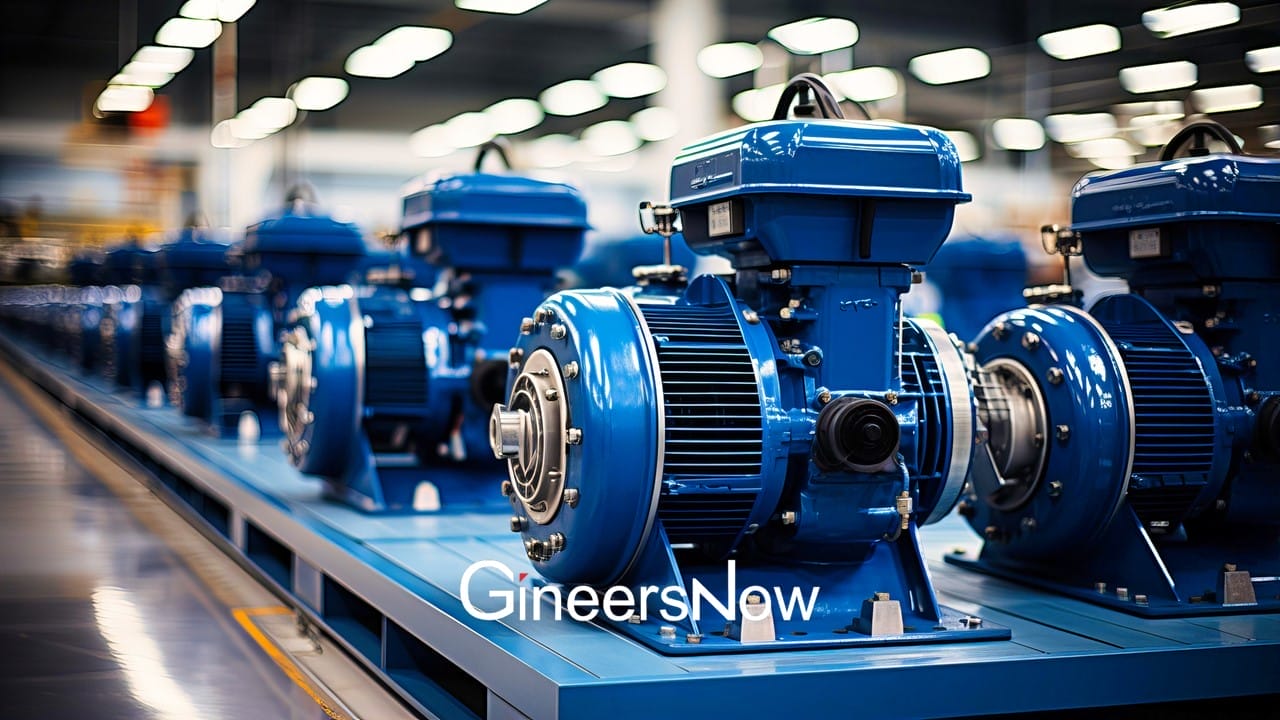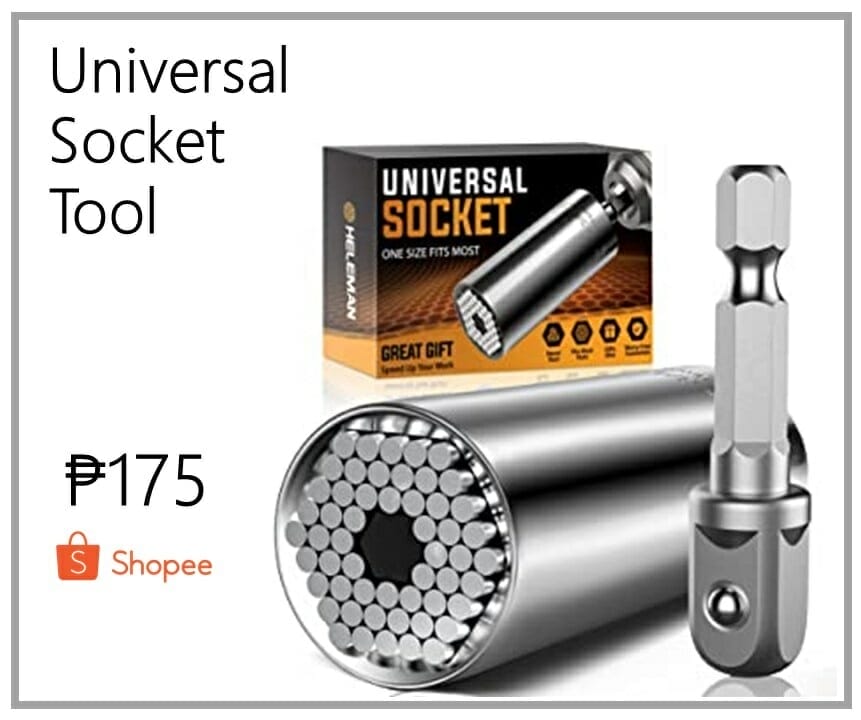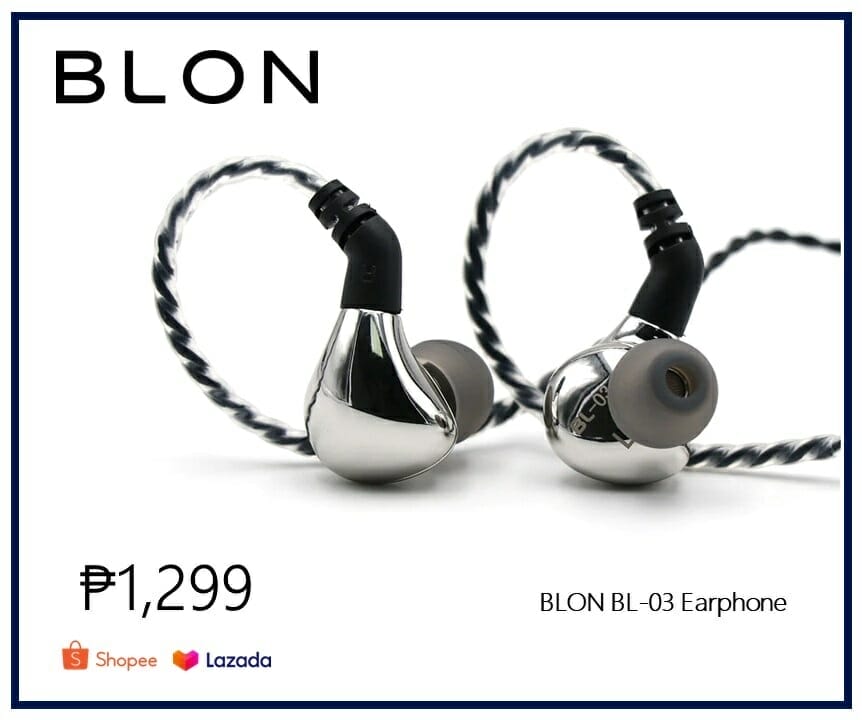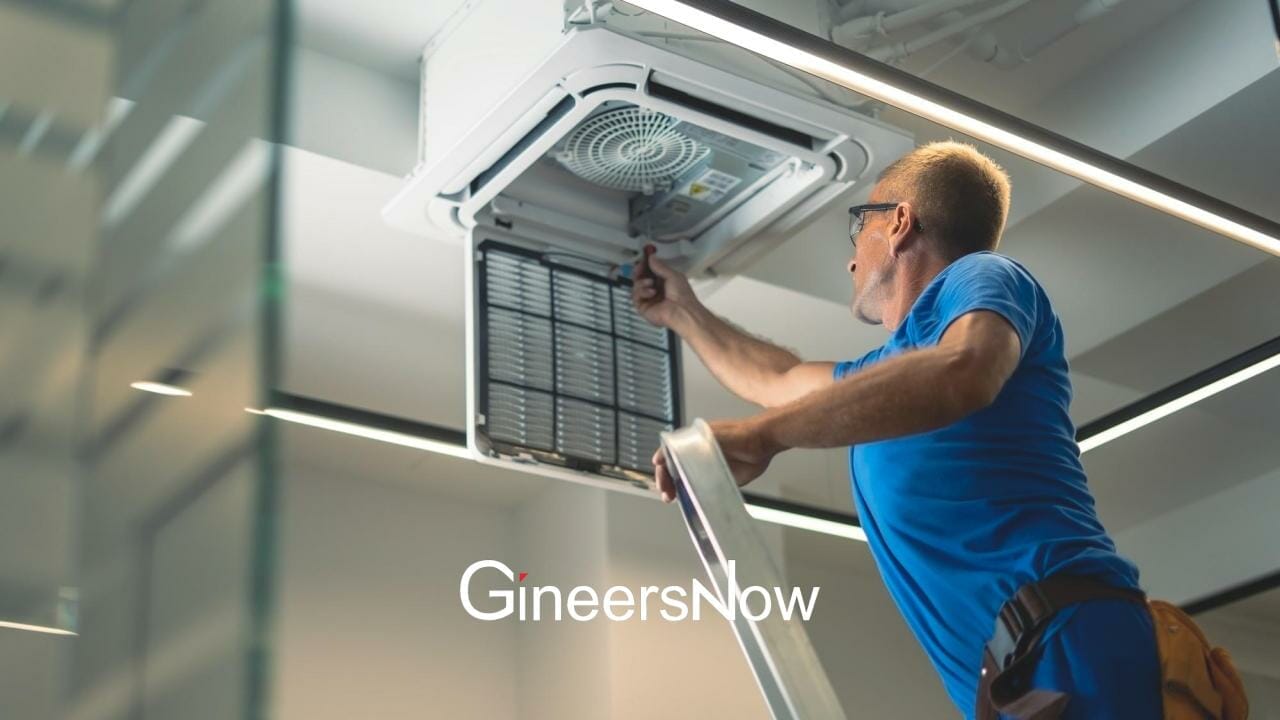Vacuum pumps are an indispensable tool across a wide range of industries, from manufacturing and pharmaceuticals to food processing and aerospace. These devices, essential for creating and maintaining vacuum environments, play a critical role in various applications, including product packaging, vacuum coating, and scientific research.
That said, this guide will help you understand the intricacies of vacuum pumps—not just how they operate but also how to select, install, and maintain them—to significantly impact the efficiency, cost-effectiveness, and reliability of operations that depend on them.
Types Of Vacuum Pumps
With the various types of vacuum pumps in the market, such as Atlas Copco vacuum pumps, selecting the right one for your specific needs is vital. Here are the three main types you can choose from:
- Momentum Transfer Vacuum Pumps
Momentum transfer pumps, also known as kinetic pumps, rely on high-speed jets or rotating blades to transfer momentum to gas molecules, propelling them out of the pumping chamber. These pumps are used to achieve higher vacuum levels than positive displacement pumps.
- Turbomolecular Pumps: These pumps have a series of angled rotors that spin at very high speeds. The rotors hit gas molecules and accelerate them in the direction of the exhaust, effectively creating a vacuum. Turbomolecular pumps are suited for applications requiring ultra-high vacuum, such as in particle accelerators and electron microscopy.
- Positive Displacement Vacuum Pumps
Positive displacement pumps work by mechanically expanding a cavity, allowing gases to flow in from the chamber being evacuated. Once the cavity is sealed, the gas is compressed and expelled to the atmosphere or a subsequent pump stage. This kind of pump excels in generating vacuum levels from low to medium and can process substantial amounts of gas.
- Rotary Vane Vacuum Pumps: These are among the most common types of vacuum pumps. A rotor with vanes is mounted off-center in a cylindrical housing. As the rotor spins, the vanes slide in and out, creating a series of sealed chambers. These pumps are known for their durability and are widely used in a range of applications from automotive to heating, ventilation and air conditioning (HVAC).
- Diaphragm Vacuum Pumps: These pumps operate with a movable diaphragm that oscillates vertically to generate a vacuum. Since the mechanism is oil-free, it prevents contamination of the evacuated system, making it ideal for clean applications such as laboratories and medical facilities.
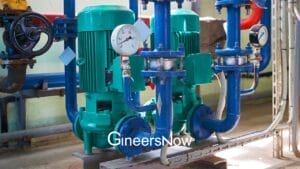
Entrapment Vacuum Pumps
Entrapment pumps capture gas molecules on a surface within the pump, effectively removing them from the vacuum system. These pumps are used for very high to ultra-high vacuum levels and are often used in combination with other types of pumps to achieve the desired vacuum.
- Cryopumps: Cryopumps function by adhering molecules to a chilled surface, typically using liquid nitrogen or a closed-cycle refrigeration system. Such pumps are perfectly suited for environments requiring clean vacuums, as they do not emit any pollutants.
- Sorption Pumps: Sorption pumps employ a substance that captures gas molecules at ambient temperature and releases them upon heating. Their simplicity and lack of moving components render them dependable for specific applications requiring high vacuum.
Each vacuum pump offers unique advantages and limitations, making it essential to consider the specific requirements of your application before selecting.
Cost Considerations
Cost plays a pivotal role in the decision-making process when considering the adoption or replacement of vacuum pumps. This section breaks down the primary cost considerations into the following:
- Initial Purchase Cost
The upfront cost of a vacuum pump can vary widely based on the type, capacity, and specific features of the pump. Factors influencing the price include:
- Type Of Vacuum Pump: Different types of vacuum pumps come with varying price tags due to their complexity, materials, and the technology used.
- Performance Specifications: Higher capacity pumps or those that achieve lower pressures (higher vacuum) typically cost more due to the increased engineering and materials required for their construction.
- Brand And Quality: Well-established brands known for reliability and durability may charge a premium for their products. However, investing in a high-quality pump can reduce long-term costs related to maintenance and downtime.
- Operating Costs
The day-to-day operation of a vacuum pump involves several expenses that can accumulate over time:
- Power Consumption: Vacuum pumps require electrical power to operate. The efficiency of the pump and the operational demand (how often and how long it runs) significantly impacts electricity usage and costs.
- Maintenance Expenses: Regular maintenance is crucial for ensuring the longevity and efficient operation of vacuum pumps. This includes the cost of replacement parts, such as filters and oil (for oil-lubricated pumps), and labor costs for periodic servicing.
- Downtime Costs: In industrial settings, downtime for vacuum pump maintenance or repairs can lead to significant production losses. Choosing reliable pumps and performing preventative maintenance can minimize these costs.
By considering not just the initial price but the long-term financial implications, users can select a vacuum pump that offers the best value and reliability for their specific needs.
Selection Guide
Choosing the right vacuum pump requires careful consideration of several key factors. Here’s a detailed guide to help you navigate the selection process:
- Determining Your Requirements
Before delving into the various types of vacuum pumps available, it’s crucial to define your requirements clearly. Consider the following aspects:
- Vacuum Level And Flow Rate Needs: Understand the vacuum level (pressure) required for your needs. Different processes require different vacuum levels, ranging from low to ultra-high vacuum. Additionally, consider the flow rate, which is the volume of gas the pump can remove each time, measured in cubic meters per hour (m³/h) or liters per minute (L/min).
- Application Specific Considerations: Evaluate the nature of the gases being pumped (are they corrosive, explosive, or do they contain particulates?), the need for oil-free operation (to avoid contamination), and the operating environment (temperature, space constraints, etc.).
- Selecting The Right Type
Once you have a clear understanding of your requirements, you can begin to narrow down the type of vacuum pump that best suits your needs:
- Matching Pump Type To Application: Based on the vacuum level and flow rate required, as well as the specific considerations of your application, choose the type of pump. For instance, diaphragm pumps are suitable for applications requiring oil-free operation, while turbomolecular pumps are ideal for achieving ultra-high vacuum.
- Pros And Cons Of Each Pump Type: Consider the advantages and disadvantages of each pump type. For example, rotary vane pumps are robust and versatile but require regular maintenance due to oil lubrication. On the other hand, cryopumps offer very high vacuum levels but are more complex and expensive.
- Key Features To Look For
When comparing vacuum pumps, there are several key features and specifications to consider:
- Durability And Reliability: Look for pumps made with high-quality materials and designed for long-term reliability. A durable pump may have a higher initial cost but can save money in the long run by reducing maintenance and replacement costs.
- Noise Level And Vibration: Depending on the application and location of the pump, noise and vibration may be important considerations. Some pump types operate more quietly than others, and additional isolation or sound-dampening measures may be required.
- Efficiency: Energy efficiency is an important factor, especially for pumps that will be in continuous operation. More efficient pumps can significantly reduce operating costs over their lifespan.
- Ease Of Maintenance: Consider how easy it is to perform routine maintenance on the pump, including accessibility of parts and the availability of service support. Pumps that are easier to maintain can minimize downtime and reduce long-term operating costs.
- Compatibility With Process Media: Ensure that the pump is compatible with the gases or vapors it will be handling, especially in cases where corrosive or hazardous materials are involved.
- Cost Of Ownership: Evaluate not just the initial purchase price but also the long-term costs associated with operation, maintenance, and potential downtime.
By carefully considering these factors, you can select a vacuum pump that not only meets the technical requirements of your application but also offers the best value and performance over its operational lifespan.
Installation
Proper installation not only enhances the efficiency and reliability of the pump but also minimizes the risk of operational issues and downtime. Here’s a guide to help you through the installation process:
- Preparing For Installation
Before installing the vacuum pump, several preparatory steps must be taken to ensure a smooth and effective setup:
- Space And Environmental Considerations: Identify a suitable location for the pump that provides adequate space for operation, maintenance, and ventilation. Consider environmental factors such as temperature, humidity, and cleanliness, as these can affect the performance and lifespan of the pump. Ensure the installation site is stable and free from vibration.
- Necessary Accessories And Fittings: Gather all necessary accessories and fittings required for the installation, such as piping, hoses, connectors, and filters. Ensure compatibility with the vacuum pump to prevent leaks and maintain performance. Also, consider the need for vibration isolators, sound-dampening materials, or exhaust filters, depending on the specific application and location.
- Installation Process
The installation process can vary depending on the type of vacuum pump and the specific application. However, general steps include:
- Unpacking And Inspection: Carefully unpack the vacuum pump and inspect it for any damage that may have occurred during shipping. Verify that all parts and accessories are included.
- Positioning The Pump: Place the pump in its designated location, ensuring its level and stability. Use vibration-dampening pads or mounts if necessary to reduce noise and vibration.
- Connecting To The System: Connect the vacuum pump to the system using the appropriate fittings, hoses, or piping. Ensure all connections are tight and secure to prevent leaks. Use thread sealant or Teflon tape on threaded connections as required.
- Electrical Connections: Connect the vacuum pump to the power supply, adhering to local electrical codes and regulations. Ensure that the electrical supply matches the pump’s requirements. It’s advisable to use a dedicated circuit breaker or fuse for the pump.
- Cooling And Ventilation: If the pump requires cooling (water-cooled pumps), connect it to a suitable cooling water supply. Ensure adequate ventilation for air-cooled pumps.
- Initial Testing: Once all connections are made, perform an initial test run of the pump, monitoring for any unusual noises, vibrations, or leaks. Recheck all electrical and mechanical connections.
- Common Installation Mistakes To Avoid
By knowing these common mistakes, you can ensure that your vacuum pump operates efficiently and reliably, supporting your applications and processes effectively.
- Ignoring Manufacturer’s Instructions: Always follow the manufacturer’s installation guidelines. Each pump type and model may have specific requirements or recommendations that are crucial for safe and efficient operation.
- Poor Location Choice: Installing the pump in a poorly ventilated area, in direct sunlight, or an environment with extreme temperatures can lead to overheating and reduced performance.
- Inadequate Leak Prevention: Failing to ensure tight and secure connections can result in vacuum leaks, which significantly impact the efficiency and effectiveness of the pump.
Consequently, proper installation is critical to achieving optimal performance from your vacuum pump.
Maintenance And Troubleshooting
Proper maintenance and effective troubleshooting are essential to guarantee the best performance and extended lifespan of vacuum pumps. Here’s a detailed guide on maintaining and troubleshooting vacuum pumps:
- Routine Maintenance
Routine maintenance tasks vary depending on the type of vacuum pump, but some general practices apply to most pumps:
- Cleaning And Lubrication: Regular cleaning of the pump and its components is essential to prevent the accumulation of debris and contaminants that can affect performance. For pumps that require lubrication (e.g., rotary vane pumps), check and replace the oil at recommended intervals, ensuring you use the right oil specified by the manufacturer. For oil-free pumps, ensure that any worn parts (such as diaphragms or valves) are inspected and replaced as necessary.
- Seal And Filter Replacement: Vacuum pumps often use seals and filters to maintain vacuum integrity and protect internal components. These should be inspected regularly and replaced to ensure effective operation. Worn seals can lead to vacuum leaks, while clogged filters can restrict airflow and reduce performance.
- Performance Monitoring: Regularly monitor the pump’s performance, including vacuum levels and flow rates. Deviations from expected performance can indicate issues such as leaks, contamination, or wear and tear on internal components.
- Common Troubleshooting Tips
Even with diligent maintenance, vacuum pumps can experience issues. Here are some common problems and troubleshooting tips:
- Vacuum Loss: If the pump does not reach the intended vacuum level, investigate the system for leaks, focusing on areas such as connections, hoses, and seals. Furthermore, review the pump for any wear or damage to its components that might necessitate replacement. Also, a contaminated or full filter could be contributing to the loss of vacuum and should be examined.
- Overheating: Vacuum pumps can overheat due to various reasons, such as inadequate ventilation, excessive ambient temperatures, or a lack of cooling (for water-cooled pumps). Ensure the pump is properly ventilated and not exposed to direct sunlight or high-temperature environments. Inspect the cooling system for any obstructions or operational issues.
- Noise And Vibration Problems: These problems can indicate misalignment, imbalance, or wear of moving parts. Check for loose components or damaged bearings and mounts. Ensure the pump is correctly installed on a stable surface, and use vibration-dampening pads if necessary.
- When To Consider Pump Replacement
Despite regular maintenance, there will come a time when the pump may need to be replaced due to wear and tear or technological obsolescence. Indicators that a replacement may be necessary include:
- Consistently poor performance despite maintenance and repairs.
- Increasing frequency and cost of repairs.
- Availability of more efficient or suitable pump technologies for your application.
By following a structured maintenance routine, immediately addressing any issues, and understanding when replacement is the most cost-effective option, you can ensure that your vacuum pump serves your needs effectively and efficiently for as long as possible.
Conclusion
Equipped with the insights provided by this guide, users are now more prepared to navigate the entire lifecycle of a vacuum pump, from the initial acquisition to consistent upkeep. Emphasizing the importance of careful selection, precise installation, and thorough maintenance ensures that the durability and performance of vacuum pumps are optimized, playing a significant role in the success and enduring efficiency of the operations they support.


